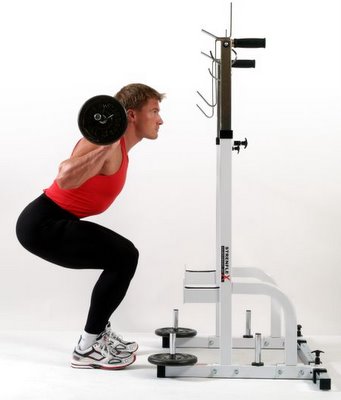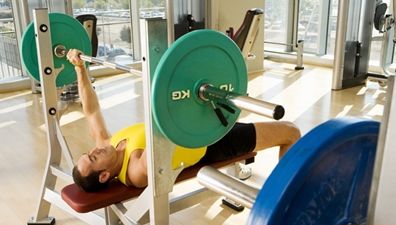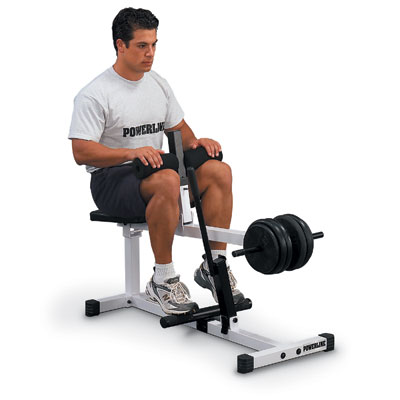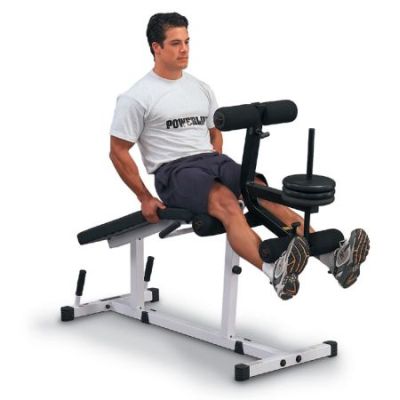When I first started my weight training with resistance machines before I learn the dumbbells workout, most of the workouts were actually isolation exercise. Isolation or compound exercises, I had no idea at all. I thought that in order to target a certain muscle, I had to focus more on isolation exercises. Fortunately, I did not take long to realize this misconception.
So, what is actually isolation workout? How about compound workout?
OK, an isolation exercise is one where the movement is restricted to one joint and one muscle group. For instance, the leg extension is an isolation exercise for the quadriceps. No other muscle groups are involved, and movement occurs only around the knee joint.
Other isolation exercises include:
- Bicep – Concentration Curls
- Triceps – Dumbbell Kickback
- Shoulder – Front Dumbbell Raise
But, after learning squats, I realize the benefits of doing compound exercises. Compound exercises incorporate the use of more than one muscle groups and include movement around two or more joints. Therefore, they allows heavier load. More muscle mass is working at the same period of time.

I do not really like squat but I never miss that out as one of my leg exercises ever since two years ago. Squat works the quadriceps, hamstrings, gluteus, lower back, calves, abductors and even abdominals.
The other example will be bench press which not only stresses the chest, but also stresses the deltoids, triceps, and upper back muscles to a certain extent.

Examples of compound exercises:
Personally, I find that compound exercises are generally similar to the ways that we naturally push, pull and lift objects, whereas isolation exercises gives me a little unnatural type of feeling. For instance, moving a heavy box is not an isolation exercise.

Having said that, I still do isolation exercises. Isolation exercises are useful for directly exercising muscle groups that cannot be fully exercised in the compound exercises. So, isolation exercises should be used as supplements to your major compound lifts, not in place of them. For example, let’s say that you have been lifting for three months, doing a good program based on compound exercises, and you realize that your calves are lagging behind the rest of your legs. In that case, adding an exercise that isolates your calves may be needed.
In short, compound and isolation exercises complement each others.

